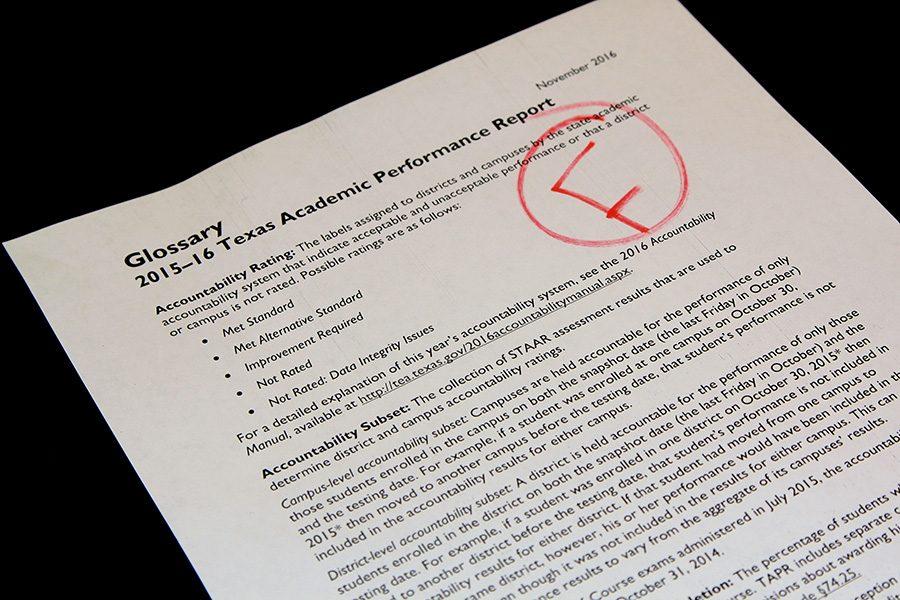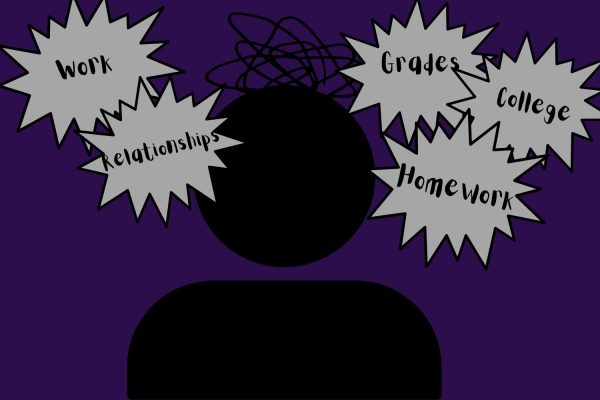New grading system earns ‘F’ under Canyon High
Canyon High School earned a “C” under the new grading system, but the editorial board gives the grading system an “F.”
After the release of preliminary grades based on a new evaluation system, more than 88 percent of Texas schools scored below A, and the majority of schools fell within the C and D category. Schools were given an initial grade based on statistics from the 2015-2016 school year Jan 6., but the system will not actually be implemented until August 2018. The Texas Education Agency (TEA) voted to change the system in 2015 to make it more understandable to parents under house bill 2804.
The grade given to schools was meant to be a look at what the school would have made if this same system been in place last year. Schools were graded in four different domains with a fifth to be added: student achievement, student progress, closing performance gaps and post-secondary readiness. Schools were not graded on the fifth domain, community and student engagement, and it will not influence overall scores as much as the first four areas.
Although an overall score was not given, Canyon High School‘s scores averaged out to be a C. The school earned a B in student achievement, C in student progress, D in closing performance gaps and a C in post-secondary readiness. Since the grades are based on last year’s date, no immediate action can be taken in classroom settings to try to improve future grades.
This new grading system has made it almost impossible for a high performing school to make the grade they deserve and should be eliminated entirely or edited to better reflect the quality of a school.
Two of the five domains, student progress and closing performance gaps, are especially difficult. For schools with an extremely high performance rate, it is more difficult to make a satisfactory grade in student progress because of their already sufficient student performance. If students already have a high test scores, there is little room for improvement.
The same can be said for the third domain, closing performance gaps. If a school previously performed extremely well and has minimal performance gaps, it will likely receive a less than adequate grade on this specific domain. Failure to reach the new statewide standard on either of these two domains can have a severe impact on the school’s overall grade.
The four domains do not show how a school is helping its students. The program is pushing schools to be better but not giving schools the information they require to become better. An evaluation system should be in place to reflect a school’s weak areas are and to praise their strengths, but the one being put into place is not the one for the job.
The current domains restrict data to show half of the picture. Schools should be evaluated on more reasonable standards instead of the ones set in the new grading system. If domains of the system are revised to properly evaluate schools and show the whole picture, the data could be used to improve the education of students instead of leaving a school wondering where it went wrong.

Howdy! My name is Bryson Edwards, and I am a sophomore. This is my first year on newspaper staff, and I am proud to be a part of it. I am a part of the musical and a member of the chamber choir. I have been a member of a choral program of some...











